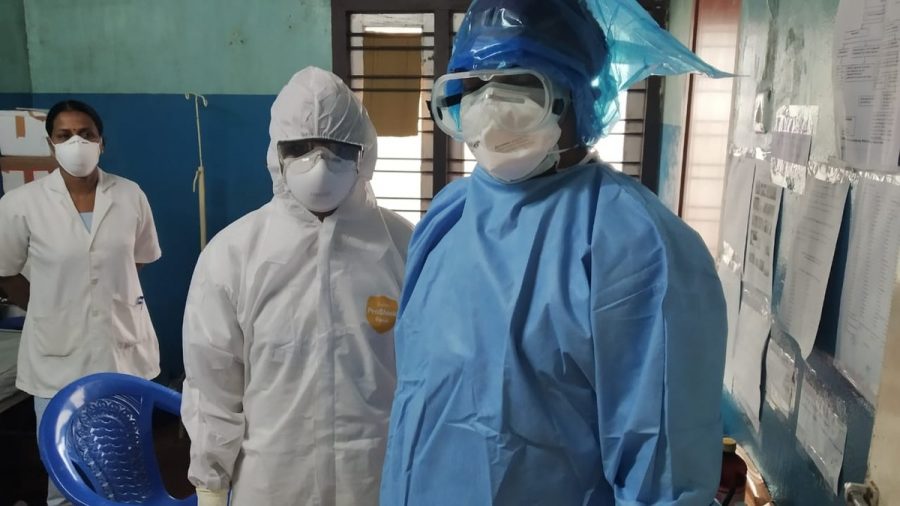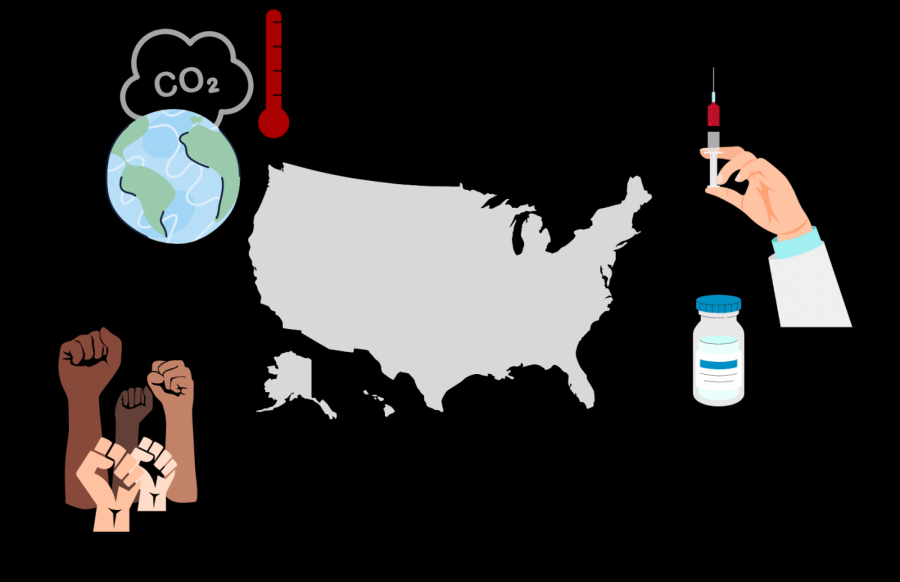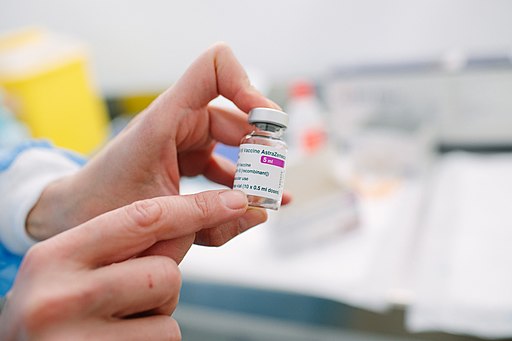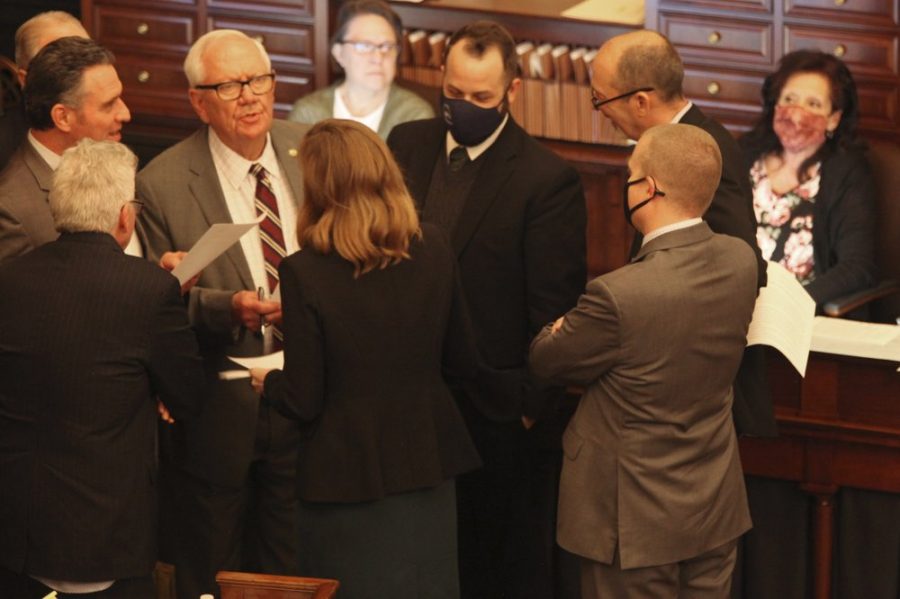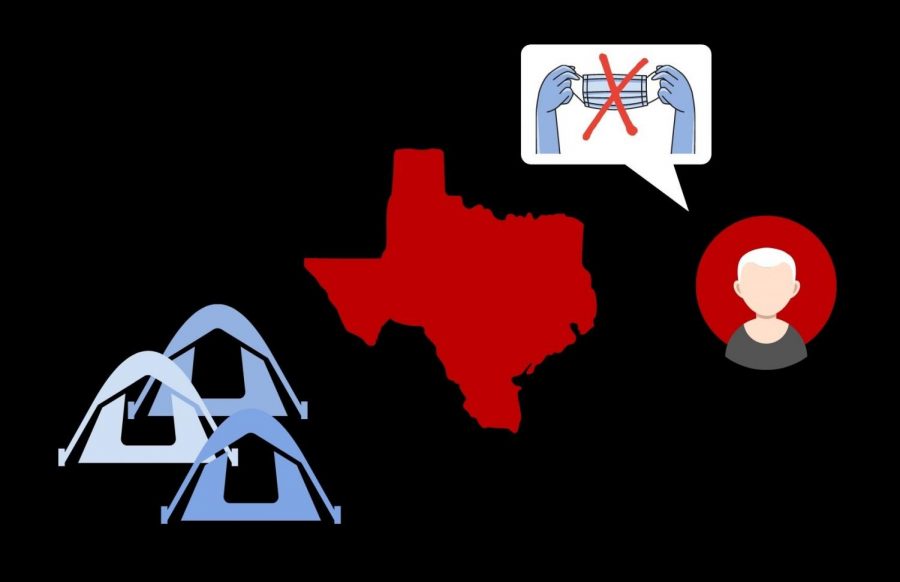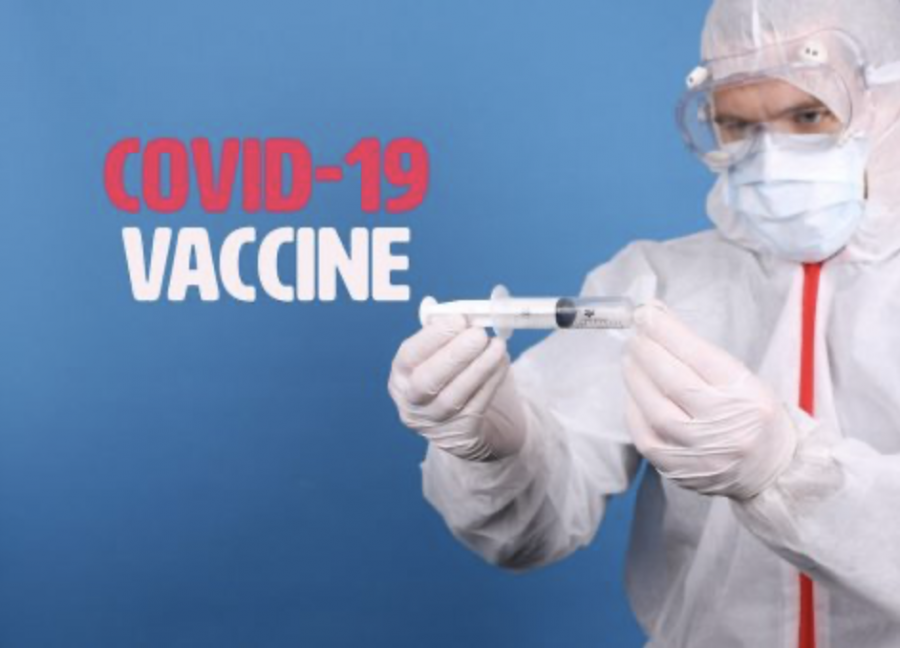A second wave of COVID-19 cases will likely occur, probably around fall 2020, according to Forbes.
Such patterns are typical of many pandemics, according to the Guardian. When healthcare systems are stressed beyond capacity, they cannot care for all of the sick. The most severe cases are prioritized, and the less aggressive cases go unnoticed. This creates a reservoir of infected people who spread the virus but are unable to receive care. They are more likely to spread the disease.
The pressure organizations are facing to return to normalcy compounds this problem: when the populace gets restless, governments feel forced to act. Patterns like this can be seen in Michigan, where the stay-at-home order has sparked many protests. These protests have sparked up in other states, such as North Carolina and Missouri, according to NBC.
Some politicians argue that stay-at-home orders should be shortened as much as possible due to the potential economic impact. Shelter-in-places prevent non-essential businesses from operating as usual, which can cause a loss in profits and layoffs.
When these occur en masse, they can be devastating to the economy. To minimize the economic impact, some argue there should be no stay-at-home orders.
“We cannot let the cure be worse than the problem itself,” President Donald Trump said, according to the New York Times.
Trump has also voiced support for protests in states such as Michigan. A tweet of his on April 7 called to “liberate Michigan.”
On the other hand, many argue it is the economic impact that pales in comparison to the human cost of re-opening now, let alone soon. They claim that the protests themselves are worsening the pandemic and that the economic concerns should not take priority over the healthcare ones.
Experts predict that the second wave would be more severe, as it would likely overlap with flu season, according to the Hill. The combination of respiratory disease outbreaks would strain the healthcare system beyond the levels at which they currently sit.
The U.S. has over 800,000 cases, according to John Hopkins CSSE.

